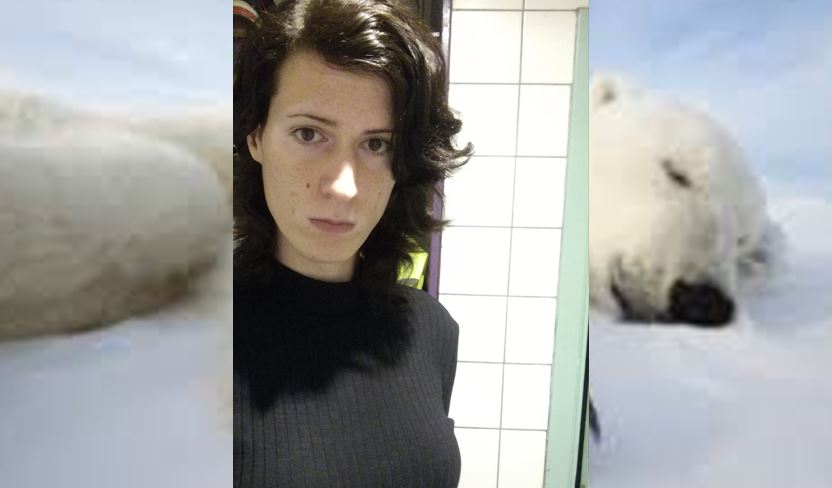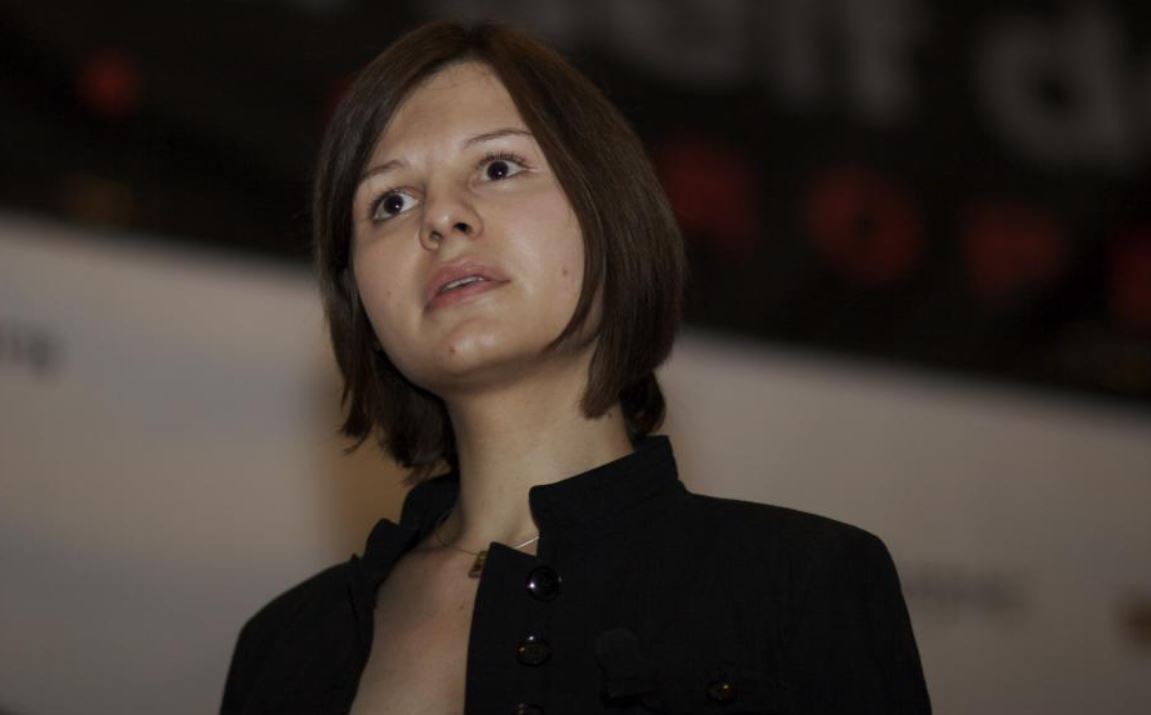
We often talk about hacking, hackers, cybercrime, black, gray, and white.
But is “hacker” always synonymous with the male gender?
The answer is obviously no.
Although lesser-known, this article will provide a quick overview of the most famous female hackers. We’ll discuss the most well-known female nerds, where we’ll discover that some of them have participated in high-profile criminal exploits, while others have dedicated themselves to scientific research.
Are you ready?

Born in Norway in 1988, she is a cybersecurity expert, known as a strong advocate of advanced encryption. She was among the first developers of the Onion Network and the TOR project, a system that helps people increase their anonymity and privacy by allowing access to the Internet and Darknets.
She was previously employed as the New York Times’ Senior Director of Information Security. In March 2016, she and her husband, Michael Auger, demonstrated how to hack Linux-based TrackingPoint XS1 sniper rifles by altering the aiming parameters through the system’s login shell.
He currently serves on the review board of Black Hat Europe, a global cybersecurity conference, as well as being a board member of the messaging app Signal and the Norwegian Online News Association.

A gifted and intelligent hacker, she graduated from high school at just 14 and earned her degree at 18. She has often spoken at hacking conferences, and was even the first woman to speak at DefCon in Las Vegas, one of the most prestigious hacker conventions in the world.
When asked about her appearance, she often replies that she’d like to be known for her work, not for being a woman. Adler currently specializes in end-to-end data protection, which has made her a household name within large organizations for protecting sensitive information.
He works as a senior security consultant for several companies and continues to lecture and publish his work regularly in industry journals.

Kimberley Vanvaeck, also known as Gigabyte, is a Belgian hacker known for writing numerous high-end malware as well as for her long-running dispute with the security company Sophos.
Vanvaeck wrote several viruses such as Quis, Coconut, and YahaSux (also called Sahay), and also created the Sharp virus (also called “Sharpei”), credited as the first virus to be written in C#.
Unlike many other viruses that aimed to steal private information to make money, these viruses were used to destroy the contents of infected computers. She is currently charged with stealing and destroying private data and has served a three-year prison sentence.

Born February 16, 1989, she is a former Russian hacker. While a student at New York University, in 2010 she was accused of plotting to defraud British and American banks and using fake passports.
According to the charges, Svechinskaya used malware, viruses, and Trojan horses to attack thousands of bank accounts and then withdraw funds and move them to at least five bank accounts at Bank of America and Wachovia.
It’s estimated that Svechinskaya and her nine-person hacker team stole a total of $35 million. Svechinskaya was dubbed the world’s sexiest hacker by the media for her raunchy yet effortless appearance and has been compared to Anna Chapman, the sexy Russian secret agent arrested in 2010. The Russian film Botnet is partially based on Kristina Svechinskaya’s story.

This is an American researcher (a well-known Microsoft nightmare), but previously a black hat hacker, who disclosed several ZeroDay vulnerabilities with POC (Proof Of Concept) of exploitation, before Microsoft had produced the security fix under a Coordinated Vulnerability Disclosure (CVD) regime.
The vulnerabilities discovered by SandboxEscaper are high-level,
including vulnerabilities discovered in security fixes as soon as they are released by Microsoft, to address problems it has reported.
These include various local privilege escalations, vulnerabilities in Internet Explorer 11, and much more. Why did SandboxEscaper go to such lengths to publicly release this information? It’s undoubtedly due to its ties to cybercrime and the darknet, as well as an admission of providing exploits to “people who hate the United States.”

She is a Polish computer scientist, primarily known for her research into computer system vulnerabilities and malware distribution. She rose to global fame after the Black Hat conference in Las Vegas in August 2006, where Rutkowska presented an attack on the Windows Vista kernel protection mechanism, using a technique nicknamed the Blue Pill.
Rutkowska demonstrated two simple methods for hacking the recently released Windows Vista beta. She was named one of the Five Hackers Who Made History in 2006. Rutkowska now helps clients through Invisible Things Lab in Warsaw, a security company founded in April 2007. The company focused on researching security vulnerabilities in operating systems and providing consulting services.
Follow us on Google News to receive daily updates on cybersecurity. Contact us if you would like to report news, insights or content for publication.
